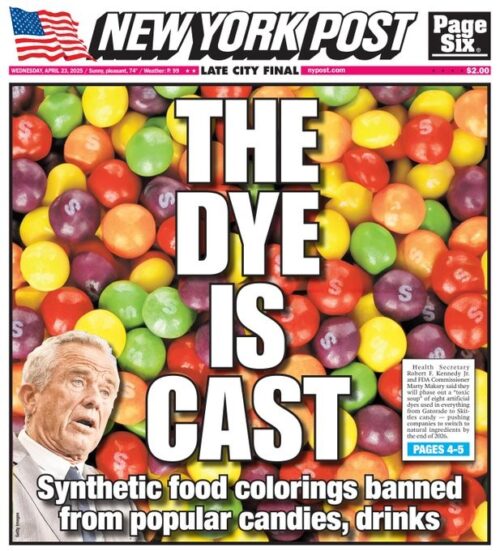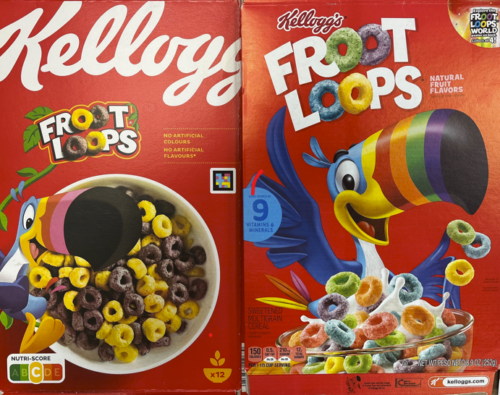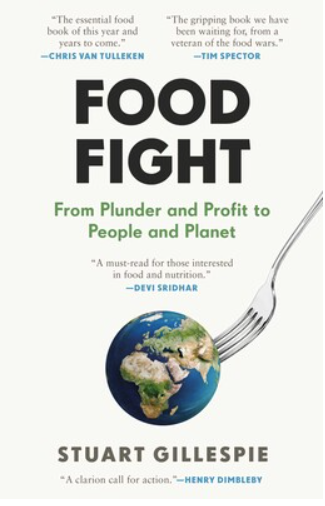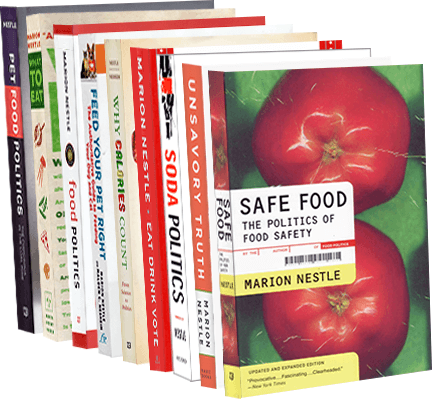Color additives banned? Not exactly.

I am greatly in favor of removing synthetic dyes from foods, and applaud RFK Jr’s enthusiasm for doing this.
The Mic Drop (according to Bakery & Snacks): ““If you want to eat petroleum, do it at home. But don’t feed it to our children.”
But this is not a ban. Not even close.
Here’s the official announcement.
The FDA is taking the following actions:
- Establishing a national standard and timeline for the food industry to transition from petrochemical-based dyes to natural alternatives.
- Initiating the process to revoke authorization for two synthetic food colorings—Citrus Red No. 2 and Orange B—within the coming months.
- Working with industry to eliminate six remaining synthetic dyes—FD&C Green No. 3, FD&C Red No. 40, FD&C Yellow No. 5, FD&C Yellow No. 6, FD&C Blue No. 1, and FD&C Blue No. 2—from the food supply by the end of next year.
- Authorizing four new natural color additives in the coming weeks, while also accelerating the review and approval of others.
- Partnering with the National Institutes of Health (NIH) to conduct comprehensive research on how food additives impact children’s health and development.
- Requesting food companies to remove FD&C Red No. 3 sooner than the 2027-2028 deadline previously required.
“Working with industry?” “Requesting food companies?” That’s all?
Food companies have never done anything voluntarily that they didn’t have to. No company wants to go first and risk losing market share.
Food companies need a firm, mandated level playing field. Despite the rhetoric, this does not do that.
For one thing, food companies were not part of the announcement and deny agreeing to it. As Bloomberg reported, Food Industry Says There’s No Agreement With US Health Agency to Cut Dyes,
HHS Secretary Robert F. Kennedy Jr. said his agency and the Food and Drug Administration had an “understanding” with the industry about their removal on a voluntary basis.
Yet multiple people familiar with the matter, who were not authorized to speak publicly, said there was no agreement…When asked Tuesday why industry groups said there was no agreement on dyes, FDA Commissioner Marty Makary said “no one said there was an agreement.” He called it “an understanding.”
Food companies can—and should—get rid of these dyes.
Here’s what’s at stake for them.

The box at the left comes from France (2024); the cereal is colored with vegetable dyes.
The box at the right comes from Canada (2025); the cereal is colored with artificial dyes.
Kids greatly prefer brightly colored cereals; they think they taste better. The companies that tried getting rid of the dyes lost sales. That won’t do it for them.
I hope food companies comply with RFK Jr’s understanding. Will they? We will see.
Resources [and thoughts] on all this
My video interview with CNN about this and my cereal box collection
FDA Commissioner Marty Makery’s statement [He manages to sound sensible throughout].
Stat News coverage: “Food companies agree to phase out synthetic dyes, handing MAHA a victory.” [Hmm. Not sure about that].
Food companies have voluntarily consented to getting rid of the artificial dyes, Makary said, but there is currently no formal agreement or ban. “I believe in love, and let’s start in a friendly way and see if we can do this without any statutory or regulatory changes,” he said.
Fox News coverage of “RFK bans petroleum-based food dyes” The Tweet (X) says “We use chemicals in Fruit Loops (sic) that are banned in virtually every country in the world,” says @SecKennedy” [Not exactly. The UK requires a warning label. I bought that box in Canada a couple of months ago.]
RFK Jr also says: “If you look at the ingredients for Fruit Loops 20 years ago it was very very different than it is today.” [Nope. I’ve got a complete set of Froot Loop box facsimilies since the first year they were introduced—1963. They had all those dyes from the beginning; they just were listed as certified or artificial colors until they had to be fully disclosed in 1993].
Calley Means on how these dyes are poisoning children and call on Democrats to work with MAHA [Low salaries combined with job instability may be a hard sell].
Vani Hari (the Food Babe) reports on her speech at the HHS press conference and elebrates [She’s been trying to get dyes out of foods for years]


